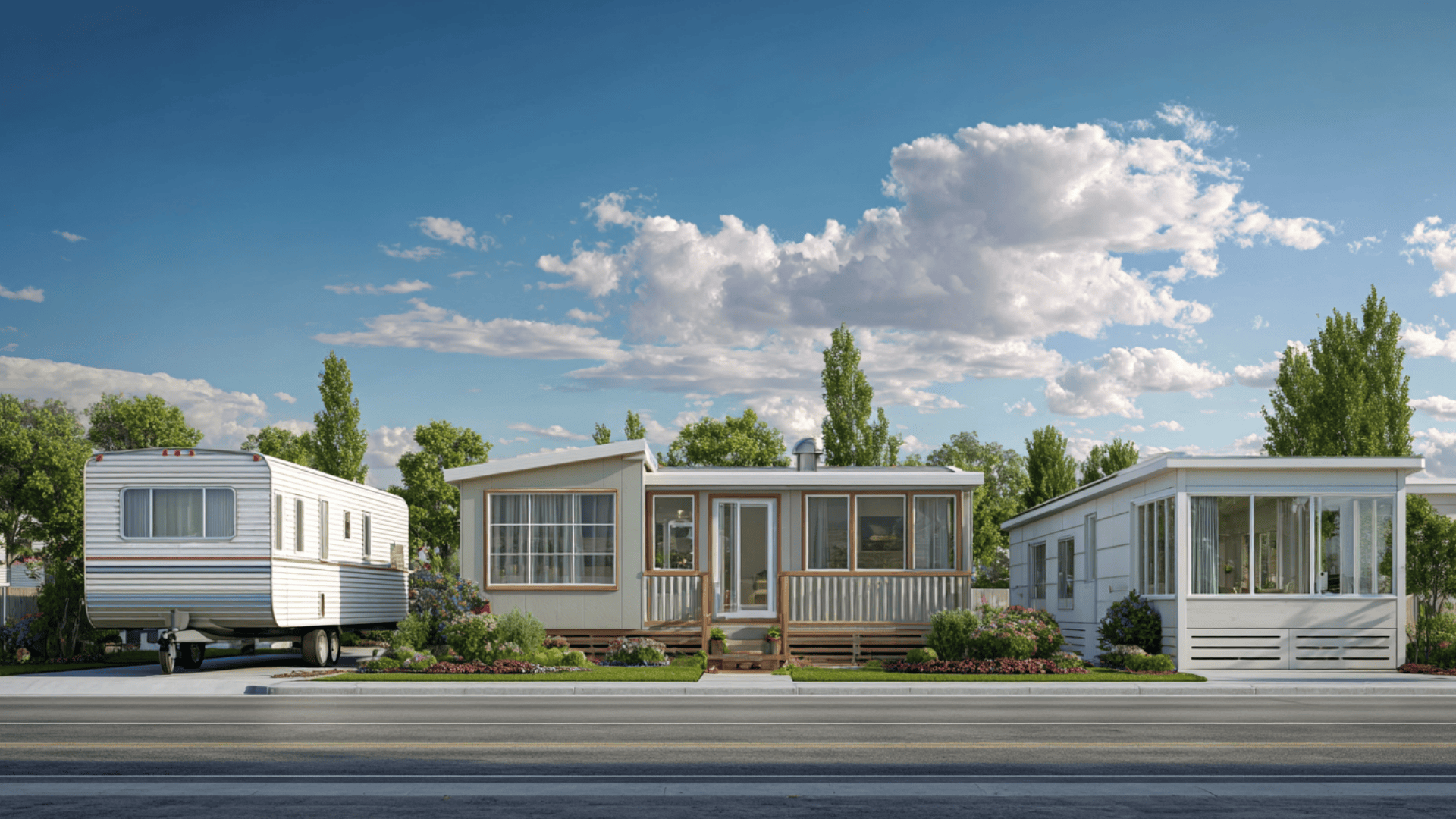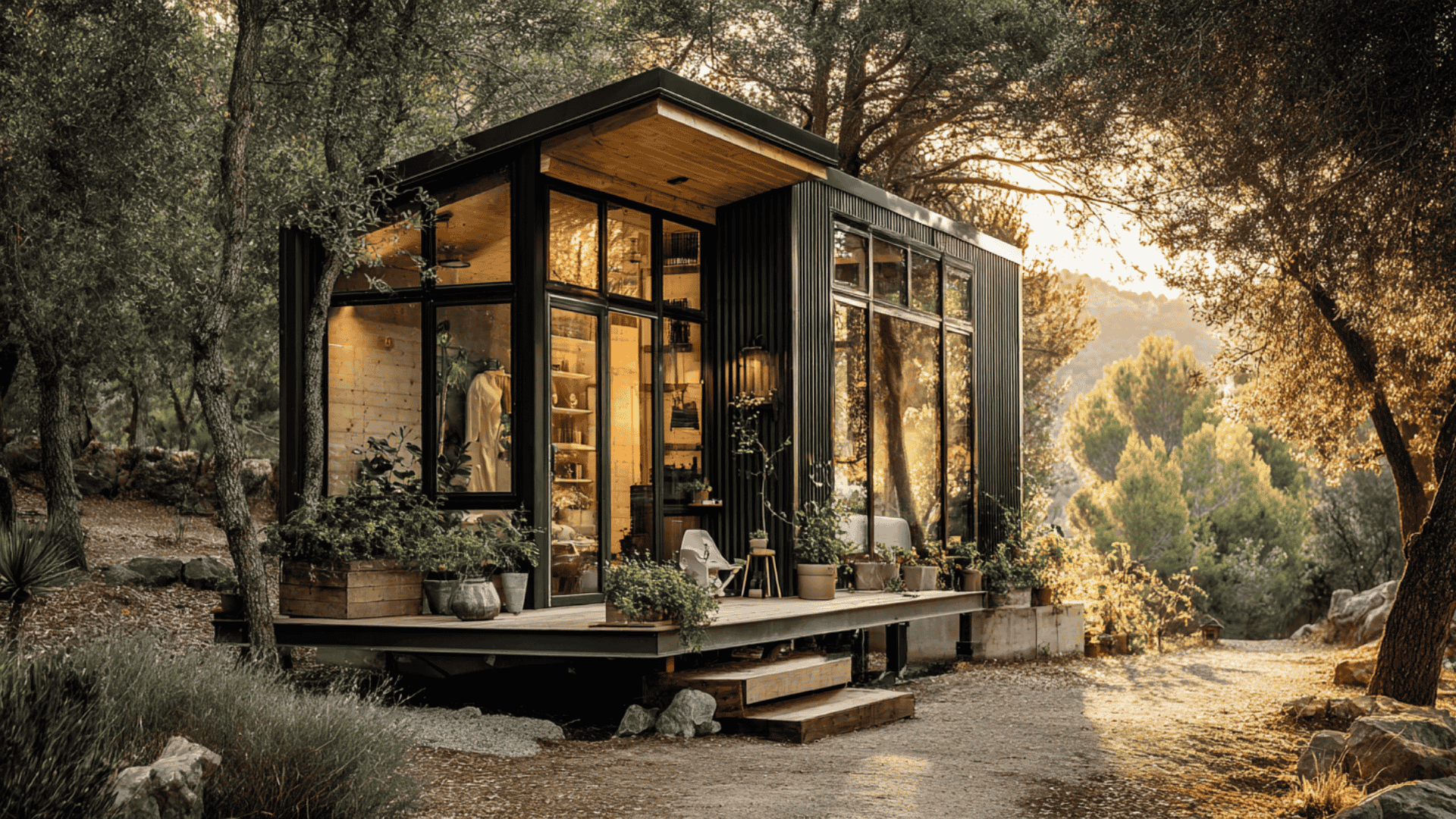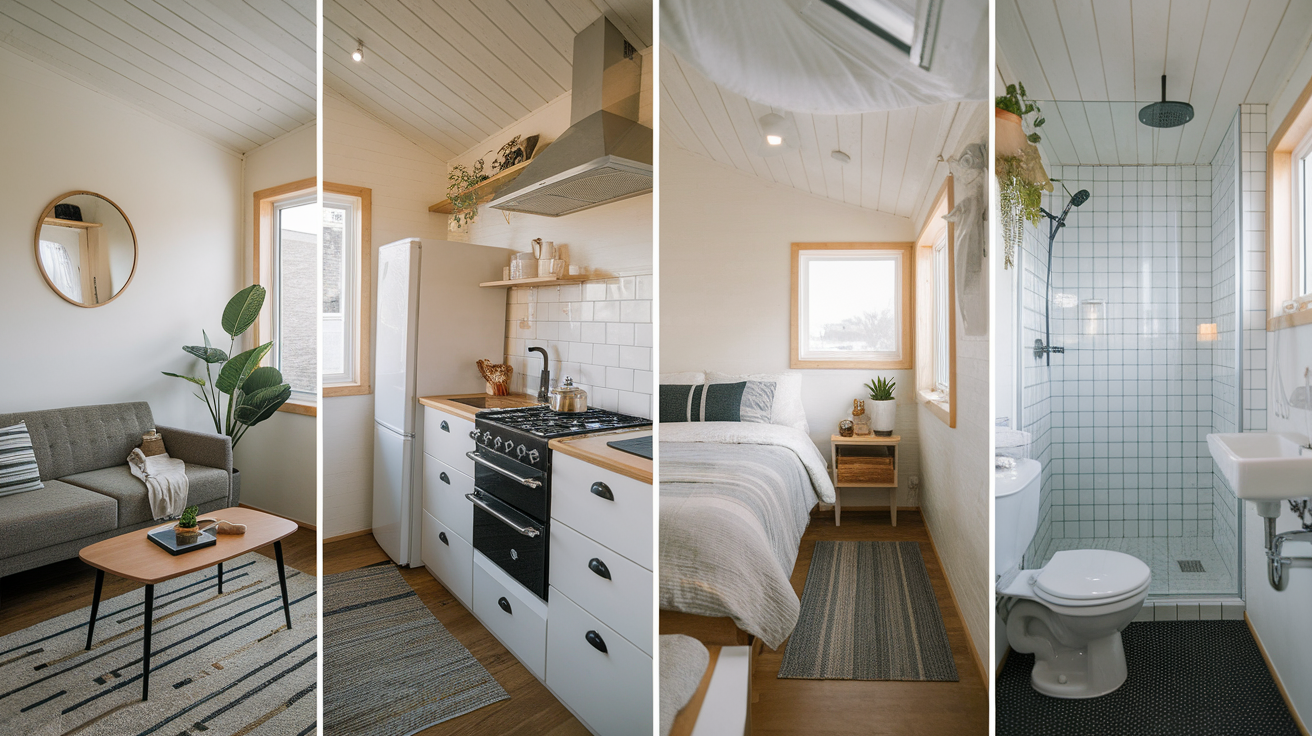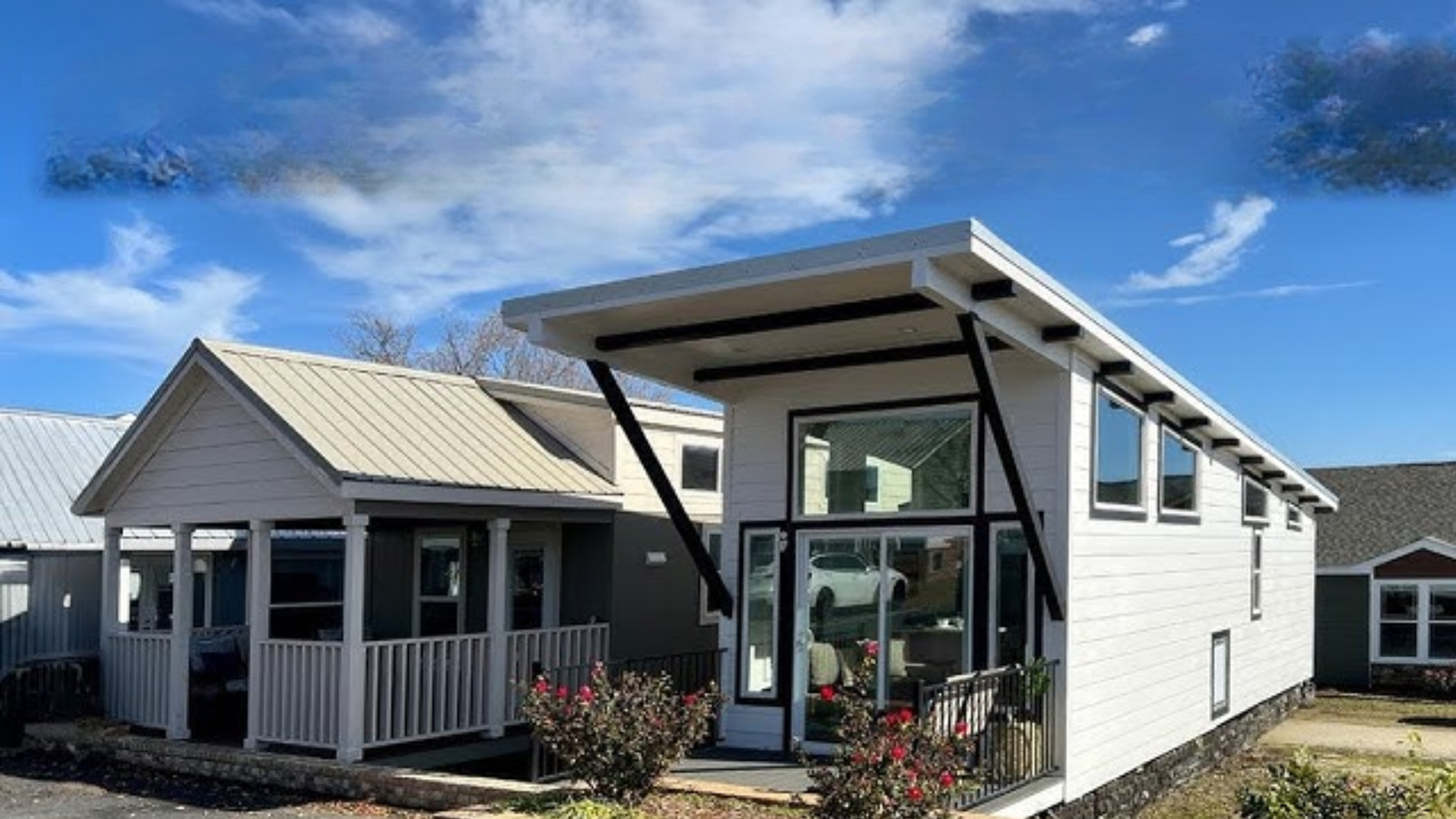When you start comparing a mobile home and a manufactured home, it’s easy to get confused by how similar they seem.
I’ve often seen people choose one without fully understanding what makes each type unique. This blog breaks down everything you need to know about how they’re built and designed.
If you’re buying your first home or upgrading to something more permanent, I’ll help you make a smart, confident decision about which option fits your budget and lifestyle best.
Understanding Mobile and Manufactured Homes
A mobile home is a factory-built house built on a metal frame with wheels, allowing it to be moved from one site to another. These homes are lightweight and affordable but tend to have fewer modern features and less insulation.
A manufactured home is also factory-built but made for long-term use. It’s delivered to a site and installed on a stable base, such as concrete or piers.
These homes come in various sizes, single, double, or triple-wide, and are built with better materials for comfort and durability.
A modular home is built in multiple sections inside a factory, then assembled on-site like a traditional house. Modular homes often have higher resale value and can include full customization options.
| Type | Structure | Foundation | Mobility |
|---|---|---|---|
| Mobile Home | Factory-built before 1976 using lighter materials | Usually placed on blocks, piers, or wheels | Can be moved |
| Manufactured Home | Factory-built after 1976, using stronger framing and insulation | Can be set on concrete slabs or crawl spaces | Semi-permanent |
| Modular Home | Factory-built in sections, assembled on-site | Built on a permanent foundation | Fixed in place |
Mobile vs. Manufactured Homes: Building Standards and Codes
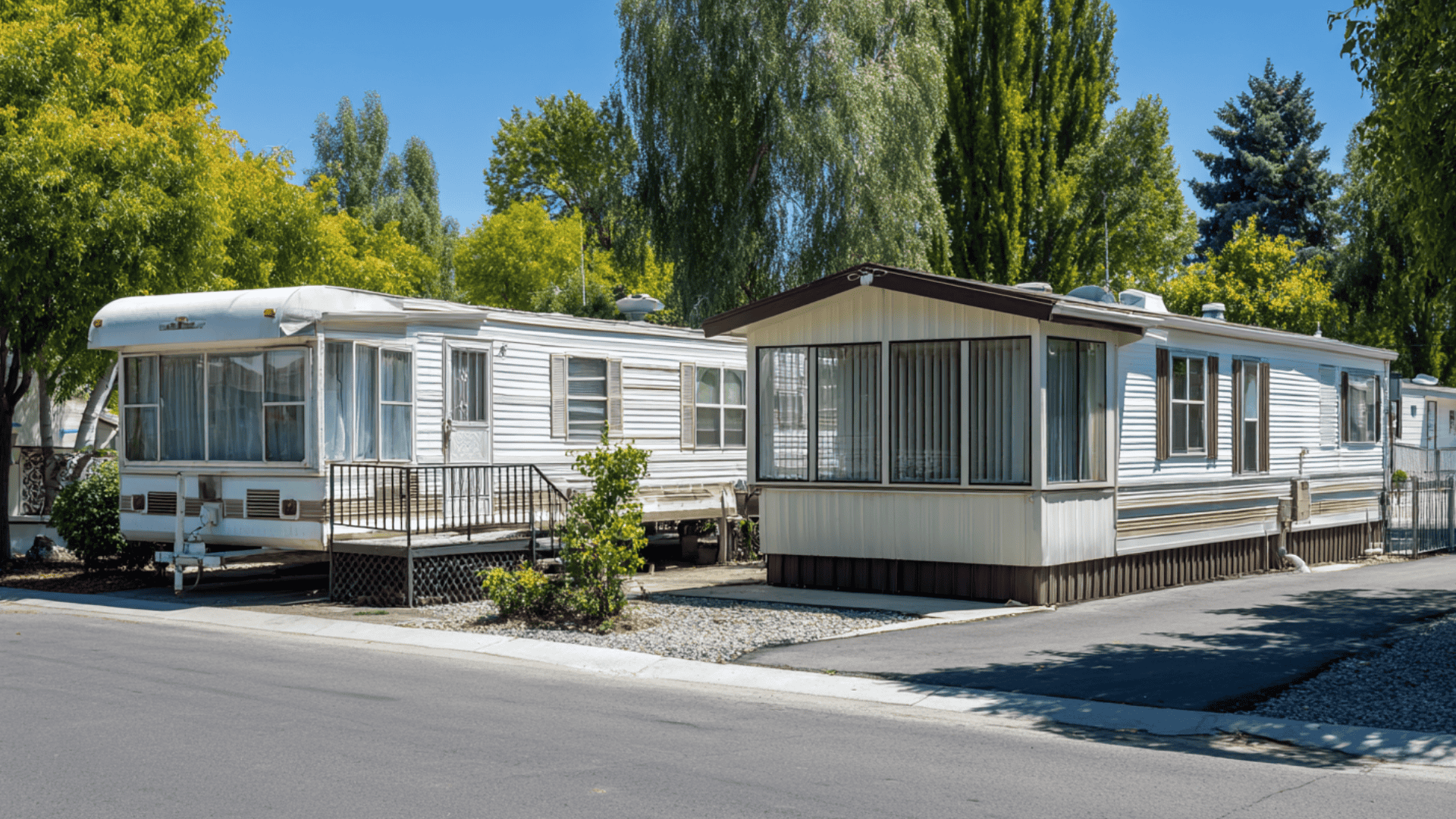
Each home type follows different building rules that affect how it’s made, its safety, and overall quality.
1. Pre-HUD Code
Mobile homes built before June 15, 1976, followed no national construction standards. Each builder used their own materials and methods.
This often led to uneven quality, lighter framing, and limited safety features. These homes were designed mainly for quick setup and easy transport, not long-term durability.
2. HUD Code
After 1976, the HUD Code was introduced as a federal building standard for manufactured homes. It set clear rules for construction, fire safety, strength, and energy efficiency.
Every manufactured home is built in a factory under strict inspection to ensure it meets these federal requirements before delivery.
3. IRC Code
Modular homes are built under the International Residential Code (IRC), the same rules used for site-built houses. They’re made in sections inside a factory and assembled on a permanent foundation.
These homes go through multiple inspections during and after construction, giving them strength and stability similar to traditional homes.
Zoning and Legal Considerations
- Placement Restrictions by State or Local Zoning: Zoning laws vary by city and state. Some areas only allow mobile or manufactured homes in approved parks or specific zones. Others require certain foundation types or exterior designs.
- Converting Mobile Homes to Real Property: Homes on rented lots are treated as personal property. Homes placed on owned land with a permanent foundation can be converted to real property.
- Title and Ownership Nuances: Mobile and manufactured homes come with a title like a vehicle. When converted to real property, the title is replaced with a property deed. Keeping ownership records updated helps with selling, refinancing, or transferring the home.
Understanding zoning, classification, and ownership rules ensures your home is legally placed, properly financed, and easier to sell in the future.
Costs and Insurance of Mobile vs. Manufactured Homes
Understanding the cost and insurance helps you plan your budget, protect your home, and avoid unexpected expenses.
| Category | Mobile Home | Manufactured Home |
|---|---|---|
| Average Cost per Sq. Ft. | $40 – $80 | $60 – $120 |
| Typical Price Range | $30,000 – $60,000 | $70,000 – $150,000 |
| Delivery and Setup Fees | $2,000 – $6,000 | $3,000 – $10,000 |
| Foundation Installation | Usually placed on blocks or rented lots | Often installed on concrete slabs or crawl spaces |
| Utility Hookups and Site Prep | $1,000 – $3,000 | $2,000 – $5,000 |
| Permits and Extra Costs | Lower overall | Higher due to site and finishing work |
| Long-Term Value | Depreciates faster | Holds value longer if maintained |
Insurance and Taxes
- Coverage differences: Mobile and manufactured homes need policies designed for factory-built housing. Premiums vary based on age, location, and foundation type.
- Foundation impact: Homes on permanent foundations qualify for broader coverage and lower rates.
- Tax classification: Homes on rented land are taxed as personal property, while homes on owned land are taxed as real property.
Financing Options
- FHA loans: Available for homes placed on a permanent foundation and meeting property standards.
- VA loans: Offered to eligible veterans for permanent manufactured homes.
- Conventional loans: Possible if the home is titled as real property and attached to owned land.
- Chattel loans: Used when the home sits on rented land. These have shorter terms and higher interest rates.
Choosing the right financing option depends on your home’s foundation, location, and long-term ownership plans.
Construction Differences Between Mobile & Manufactured Homes

Mobile homes are made with lightweight framing and thin walls to allow easy transport.
They often use flat roofs, basic insulation, and simple finishes. These homes were built for quick assembly and lower costs, not long-term strength.
Manufactured homes are built with stronger framing, pitched roofs, and thicker insulation.
The structure is tested during construction to ensure safety and durability. Better materials and tighter quality control make these homes more stable, weather-resistant, and energy-efficient.
Durability and Maintenance
| Category | Mobile Home | Manufactured Home |
|---|---|---|
| Structural Durability | Lightweight framing, thinner walls, and flat roofs make them less resistant to wear and weather. | Stronger framing, pitched roofs, and thicker insulation provide better strength and stability. |
| Common Repair Issues | Frequent repairs to roofing, flooring, and plumbing due to lighter materials. | Fewer repair needs; better materials reduce long-term maintenance costs. |
| Expected Lifespan | Around 30–40 years with regular upkeep. | Around 50 years or more with proper maintenance. |
| Value Retention | Depreciates faster, especially on rented land. | Holds value longer when placed on owned land with a permanent foundation. |
Conclusion
Deciding between a mobile or a manufactured home comes down to your goals, budget, and how long you plan to stay.
Mobile homes are affordable and easy to move, while manufactured homes offer better comfort and safety.
Each has its place, but understanding the differences helps you invest wisely and avoid hidden costs later. If you want a home that feels sturdy, efficient, and truly yours, a manufactured home is often the better choice.
Take time to check local zoning rules and setup requirements before making your move. Start by comparing available models in your area and find the one that fits your future plans best.

